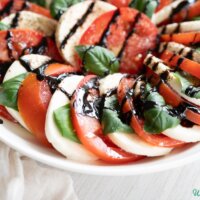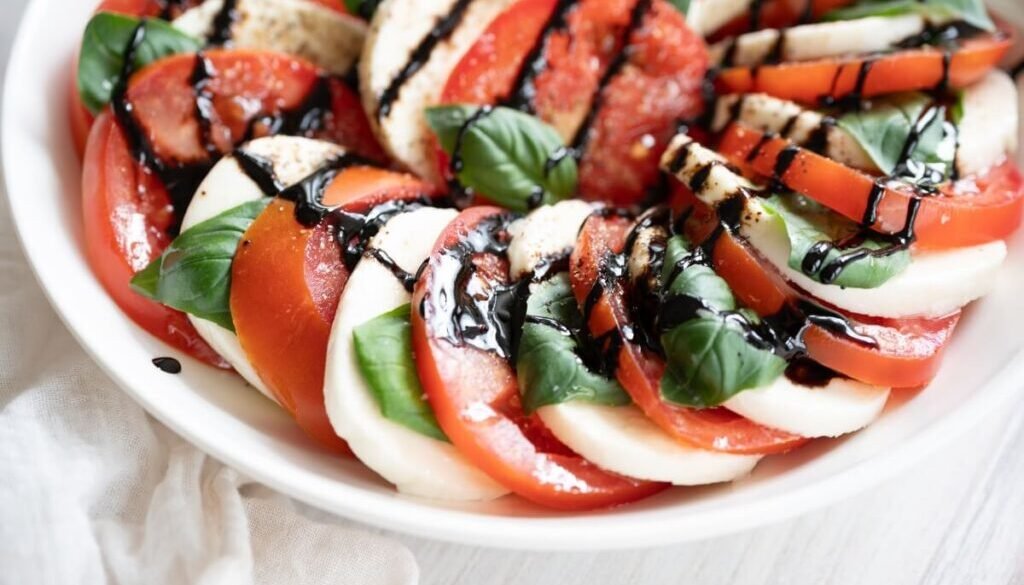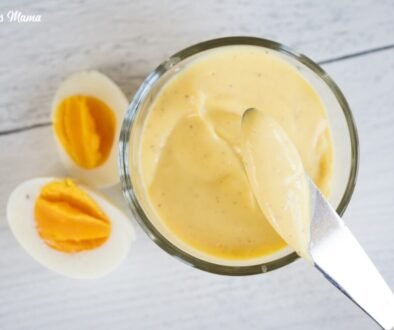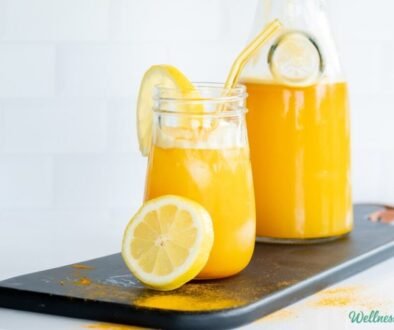Simple Balsamic Glass
[ad_1]
Years ago, I thought I didn't like balsamic vinegar and always chose other salad dressings. After giving it a chance, I noticed not only that I like it, but it is downright delicious! This Balsamic glass is more focused than vinaigrette and even simpler to do. We love it in vegetables, meat and even fresh fruit
What is the Balsamic Glass?
First of all, let's start by defining what (real) balm vinegar even. In Italy, the grape has been made into older balsamic vinegar and is aged for at least 12 years in wooden barrels. The resulting vinegar naturally has a sweet taste … and it is incredibly expensive. The Italians are very tight in terms of food validity! Therefore, many grocery brands increase caramel color and sweeteners to the conventional vinegar of the balsam.
Modena's balm vinegar is called another balsamic rating that is easier to find. Just find something that has no added colors, sweeteners or flavors, and it has been a barrel for at least several years. The best Balsamic glaze is made of high quality vinegar.
How to make balsamics
Making a Balsamic glaze couldn't really be easier! Unlike vinaigrette, which is a mixture of vinegar, oil and spices, glazing is just a reduction. Some recipes require brown sugar or white sugar, but I want to use honey mine. Maple syrup also works well. Or keep it simpler and completely skip the sweetener!
The glaze is, of course, gluten -free, dairy -free, grainless and adds a tough addition to many different foods. Just remember to keep an eye on it as it cooks to prevent a burning. There is nothing sad more than the burnt balsamic glaze. And be sure to check the list of ways to use a new recipe for your balsamic glass.

Simple Balsamic Glass Recipe
This Balsamic glazing makes a great chick on salads, roasted vegetables, meat or even fresh fruits!
-
Pour the aged balsamic vinegar into a small saucepan over medium heat. Add honey or maple syrup if you use.
-
Heat lightly, then reduce the heat to the low and allow it to simmer for 10 to 15 minutes, stirring occasionally.
-
It is ready when the mixture is reduced by about half and covers the back of the spoon. Do not reduce too much-it still thickens as you cool down.
-
Use immediately or cool to room temperature and move to an airtight container. Cooling for up to one month.
Nutrition
Simple Balsamic Glass Recipe
Amount per dose (1 teaspoon)
Calories 11
% Daily value*
Sodium 2mg0%
Potassium 11mg0%
Carbohydrates 2g1%
Fiber 0.002 g0%
Sugar 2g2%
Protein 0.1 g0%
Vitamin C 0.004 mg0%
Calcium 3mg0%
Iron 0.1 mg1%
* Percentage daily values are based on 2000 calorie diets.
The glaze naturally thickens when it cools down. If it becomes too thick, heat it with only small water to achieve the desired consistency.
Storage Tips:
- Glass jars or bottles work best to maintain freshness.
- Avoid contamination using a clean, dry the spoon every time you pour some.
- If it becomes too thick, just heat it by splashes of water to restore consistency.
The natural acidity of the vinegar helps to maintain balm reduction, but if you notice odors, mold or separation, it's time to destroy it.
How to use homemade balsamilas
Are you looking for new recipes to try or use homemade glazing? Some of the popular alternatives are traditional Italian Burrata cheese on Bruschetta bread. We don't eat a lot of bread here, so I've also collected some other options below.
Try Balsamic Glasses Dropped:
Have you ever used Balsamic glaze before? What are your favorite ways to use it? Leave a comment and let us know!
[ad_2]




